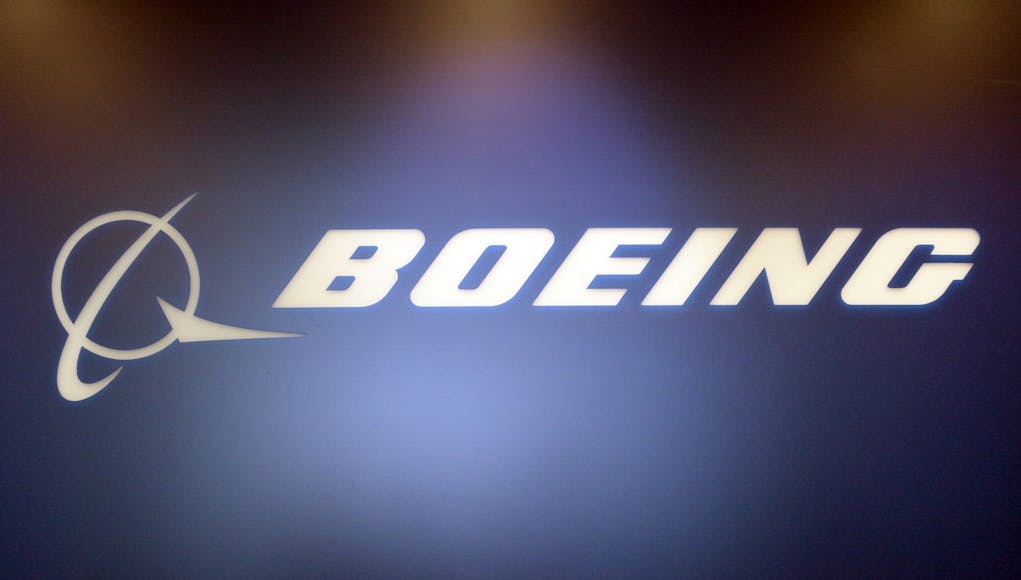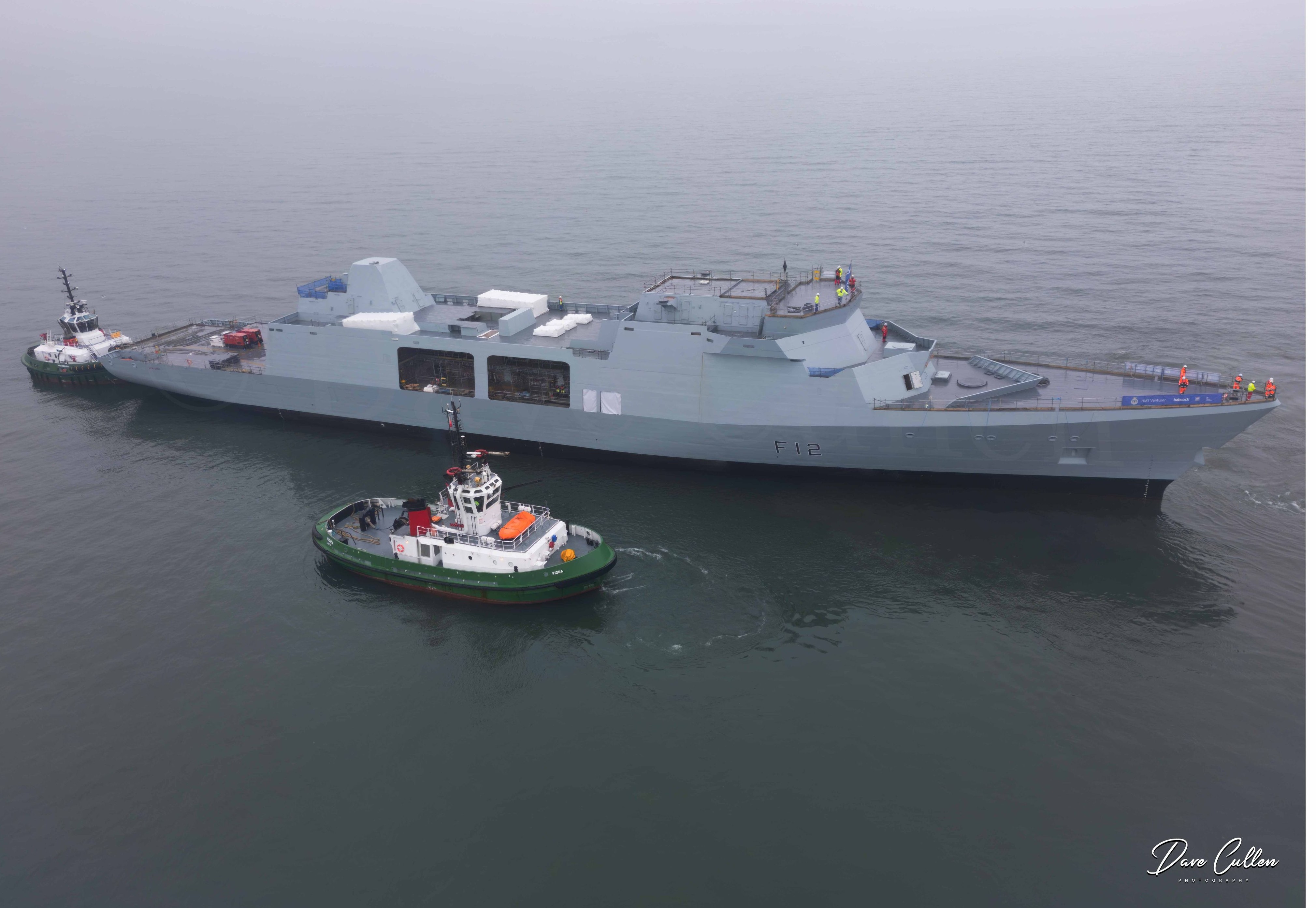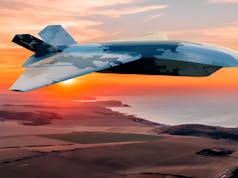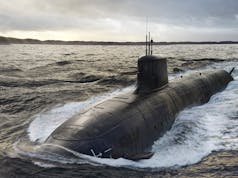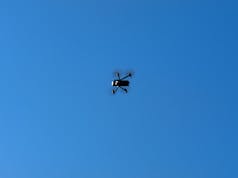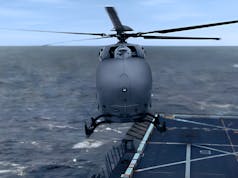Boeing is taking what it calls “the next step” in making its Defense, Space & Security unit more competitive.
It is understood the company plans to by eliminate a layer of executive oversight.
Defense, Space & Security President and CEO Leanne Caret said:
“We need to be an agile organization that is more responsive to customers’ needs and committed to continually improving productivity.
We are fundamentally addressing how we compete, win, and grow in Boeing’s second century.”
According to a statement received by the UK Defence Journal, as of the 1st of July, the current Boeing Military Aircraft and Network & Space Systems segments will evolve into smaller entities reporting to Caret.
- Autonomous Systems: Insitu and Liquid Robotics subsidiaries; Echo Voyager maritime vehicle; vertical lift unmanned systems; and certain electronic and information systems.
- Space and Missile Systems: satellites; Boeing’s share of United Launch Alliance; the International Space Station; Ground-based Midcourse Defense; Ground Based Strategic Deterrent; Joint Direct Attack Munition and Harpoon weapons, among others.
- Strike, Surveillance and Mobility: F-15 and F/A-18 fighters; P-8 maritime patrol aircraft; Joint Surveillance Target Attack Radar System; modifications/upgrades to fixed-wing aircraft.
- Vertical Lift: AH-6i, AH-64 Apache, and CH-47 Chinook helicopters; V-22 Osprey tilt rotor.
The Development, Global Operations, and Phantom Works segments, which also report to Caret, will largely be unchanged.
About 50 executive positions will be removed this year as a result of the changes.


